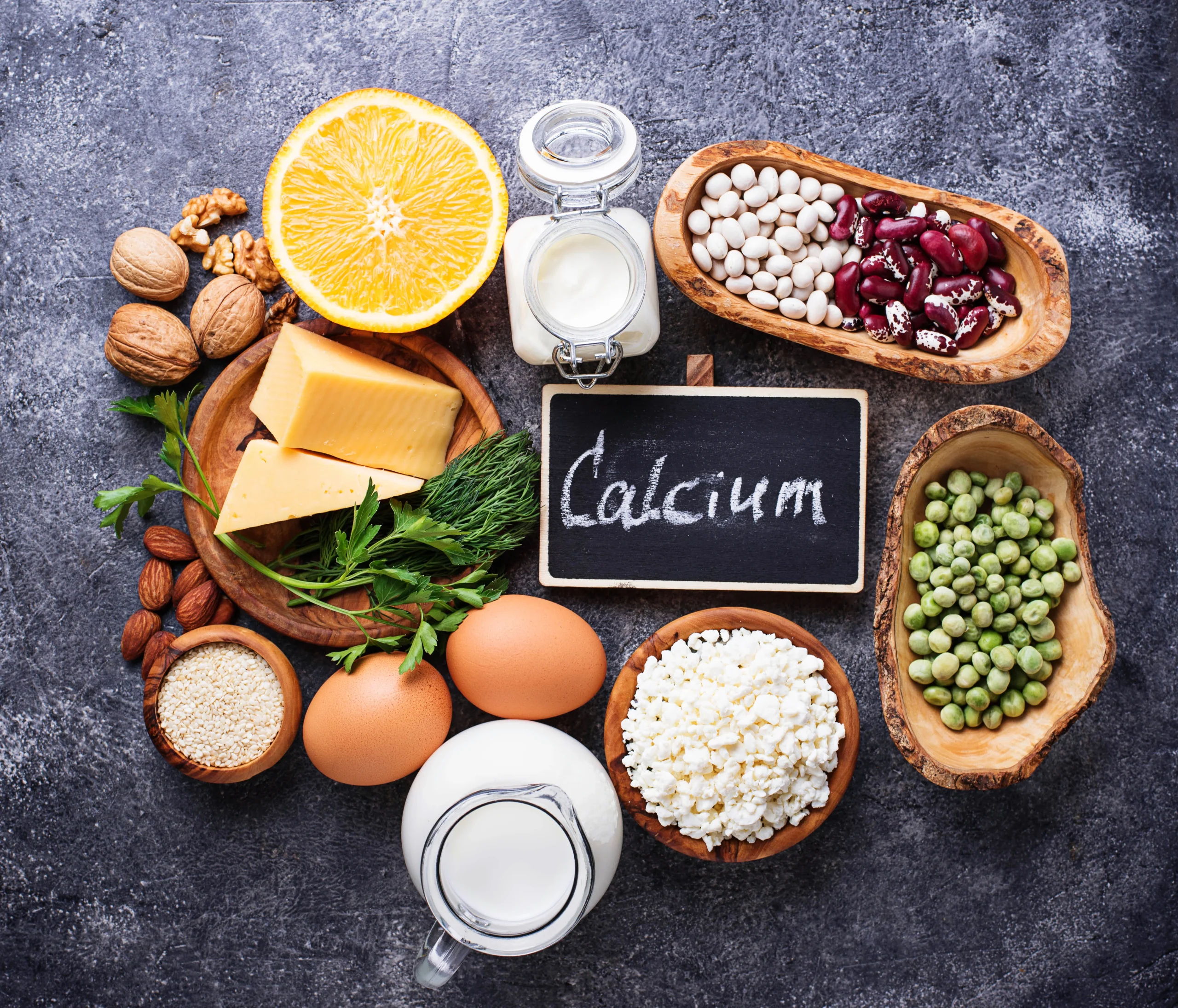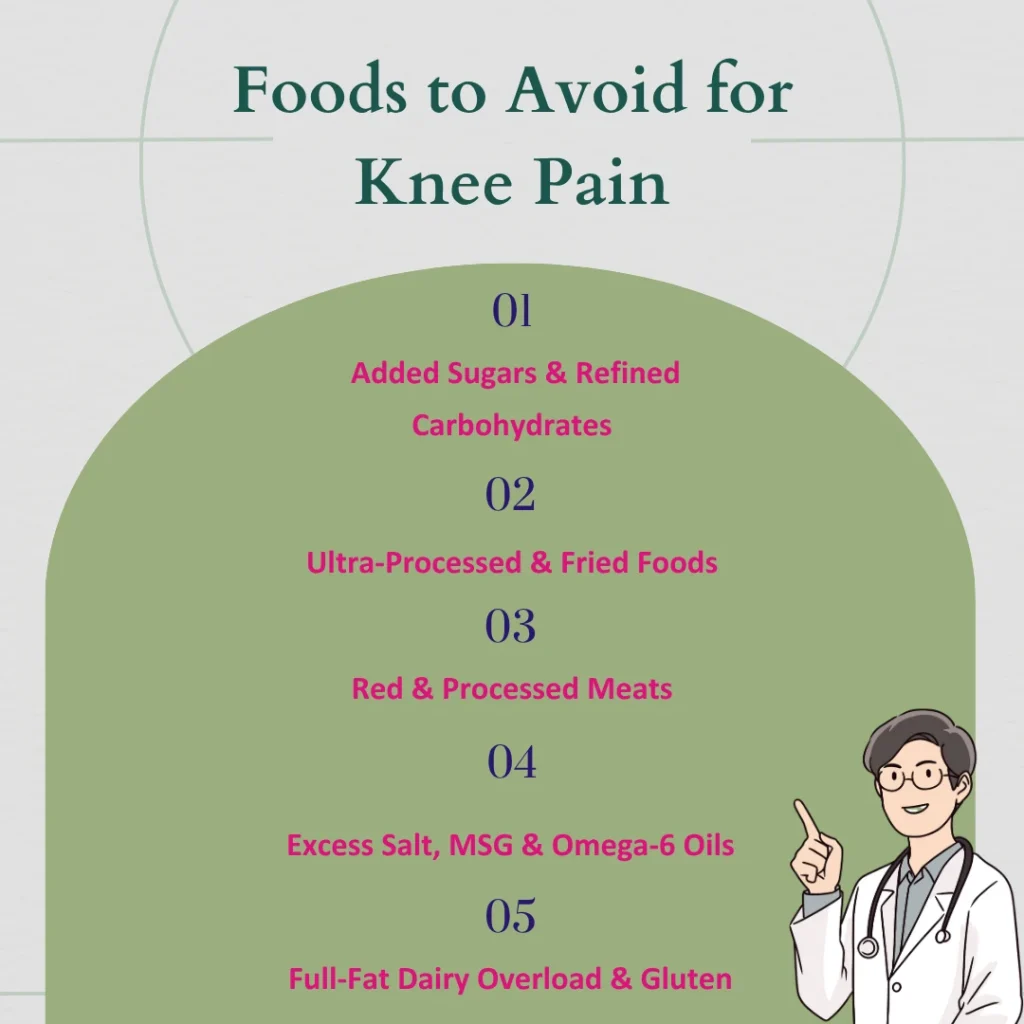Kidney stones are a common yet painful health problem that can affect people of any age. Whether it’s a dull ache in the back, sudden intense pain, or blood in the urine, kidney stones often demand immediate attention. But one of the most frequently asked questions is: Should I see a urologist or nephrologist for kidney stones?
Knowing which specialist to approach can make all the difference in diagnosis, treatment, and recovery. In this blog, we’ll explore the difference between a urologist and a nephrologist, what roles they play in kidney stone management, and how to decide whom to consult based on your condition.
What Are Kidney Stones?
Kidney stones are hard deposits of minerals and salts that form in the kidneys. They can vary in size from as small as a grain of sand to as large as a golf ball—and can be extremely painful when moving through the urinary tract.
Common causes of kidney stones include:
- Dehydration
- High intake of oxalate rich foods
- Excess salt or animal protein
- Family history
- Certain medications or health conditions
Symptoms of Kidney Stones
Symptoms may vary depending on the size and location of the stone, but commonly include:
- Sharp pain in the back or side
- Pain during urination
- Pink, red, or brown urine
- Frequent urge to urinate
- Nausea or vomiting
- Fever or chills (if there’s an infection)
If you experience any of these, you’ll need to decide: Should I see a urologist or nephrologist for kidney stones? Let’s explore their roles.
Who Is a Urologist?
A urologist is a surgeon who specializes in diagnosing and treating diseases of the urinary tract in both men and women, and the male reproductive system. Urologists are typically involved when surgical intervention or procedures are required.
What a Urologist Does for Kidney Stones:
- Conducts imaging tests (e.g., ultrasound, CT scans)
- Removes large stones through procedures like:
- Ureteroscopy
- Percutaneous nephrolithotomy
- Shock Wave Lithotripsy (SWL)
- Ureteroscopy
- Manages blockages or anatomical issues in the urinary tract
- Provides long-term treatment to prevent recurrence
- Handles emergencies like acute pain or infection
If you need surgical or procedural treatment, a urologist in Mumbai is your go-to specialist.
Who Is a Nephrologist?
A nephrologist is a physician who specialises in internal medicine with a focus on kidney function and diseases. Unlike urologists, they don’t perform surgeries, but they provide comprehensive care for chronic kidney conditions.
What a Nephrologist Does for Kidney Stones:
- Identifies metabolic or dietary causes of stone formation
- Helps manage recurrent stones or kidney damage
- Treats underlying conditions like:
- Chronic kidney disease (CKD)
- Diabetes
- High blood pressure
- Chronic kidney disease (CKD)
- Offers preventive care and long-term dietary guidance
If you have a history of frequent kidney stones or kidney dysfunction, seeing a nephrologist can help prevent future complications.

Urologist vs. Nephrologist: A Quick Comparison
| Aspect | Urologist | Nephrologist |
| Role | Surgical and procedural | Medical and diagnostic |
| Treats | Urinary blockages, large stones, infections | Kidney function, chronic disease, stone cause |
| Performs Surgery? | Yes | No |
| Ideal For | Immediate removal or acute symptoms | Prevention and kidney function monitoring |
| Tools Used | Imaging, endoscopy, lithotripsy | Blood tests, urine analysis, and dietary plans |
When to See a Urologist
- Severe pain due to kidney stones
- Blood in the urine
- Large stones that won’t pass on their own
- Urinary blockage or infection
- Recurrent stones needing surgical removal
In these cases, a urologist in Mumbai will diagnose the issue and take immediate action to remove or manage the stones.
When to See a Nephrologist
- Frequent stone formation
- History of kidney damage or chronic kidney disease
- Need for long-term dietary or metabolic evaluation
- Recurrent urinary tract infections linked to stones
Nephrologists are your best choice for understanding the “why” behind the stones and preventing future ones.
Conclusion
Should I see a urologist or nephrologist for kidney stones? The answer largely depends on your symptoms and treatment needs. If you’re dealing with severe pain, blockage, or require surgery, a urologist is your first stop. But if your focus is on preventing recurrence or managing kidney function, a nephrologist may be more suitable.
Should I see a urologist or nephrologist for kidney stones? Ideally, both specialists work together. A urologist handles the immediate concern, while a nephrologist supports long-term kidney health.
![]()





